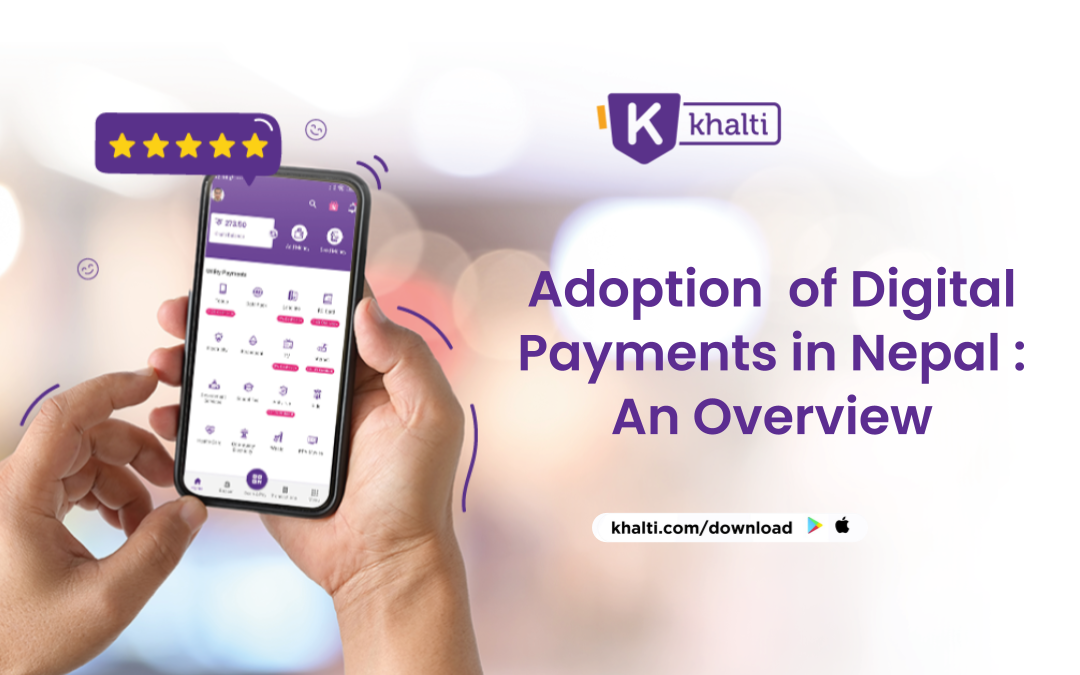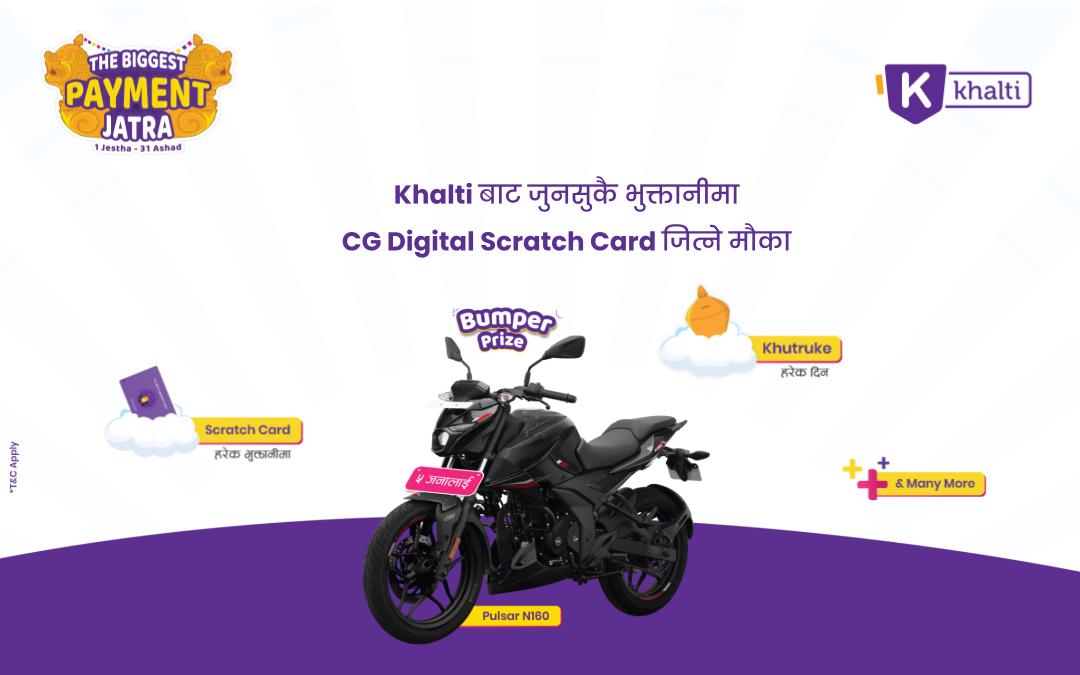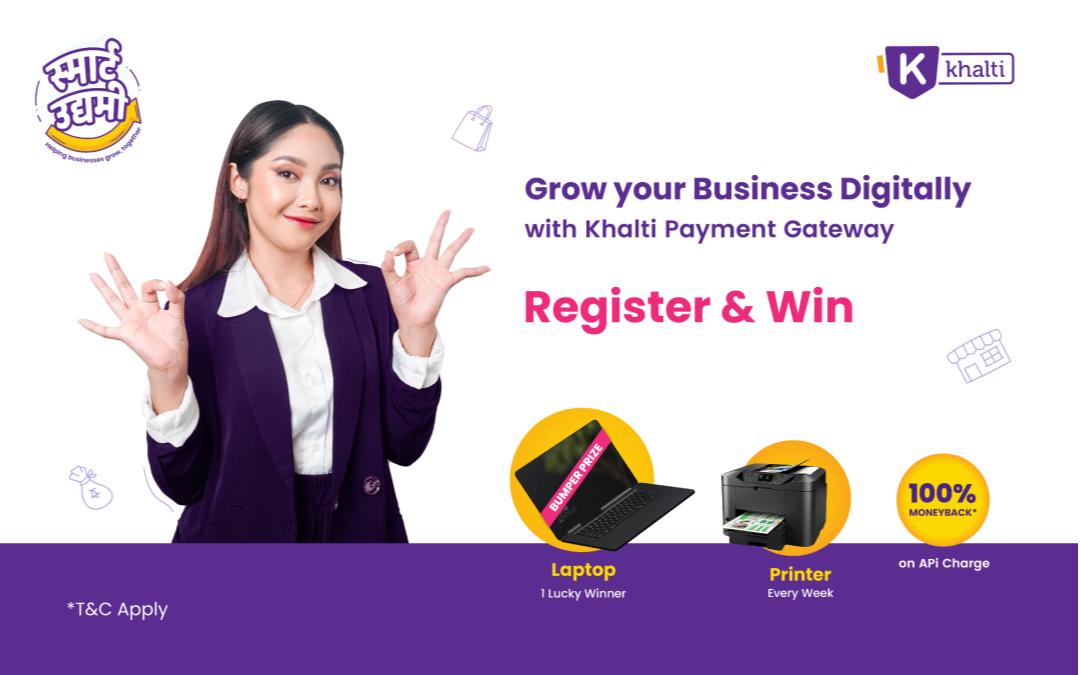A global game of innovation
Digital payment systems have seen much of their growth in Asia and Europe.
In China, for example, FinTechs already manages more than 60 percent of all online payments. Singapore’s PayNow —a joint effort between the country’s major banks—captured more than 500,000 users, one-tenth of the adult population, in its first month. Google parent company Alphabet just launched its digital payment service in India, as did PayPal.
Further, mobile payments are also anticipated to take hold in European countries, where they’re forecast to grow nearly 300 percent in the period from 2015 to 2021, from US$52 billion to US$148 billion, according to Forrester. The Scandinavian countries have been especially receptive to digital payments. DNB’s Vipps P2P payment app is now used by half of Norway’s consumers.
Crowding the playing field
Technology giants (Apple and Alphabet), FinTechs (TransferWise), merchants (Starbucks), and social media giants (Facebook) have all created their own digital payment offerings. Though it is unlikely that any one of these companies will entirely replace banks in the short term, they have undoubtedly put pressure on incumbents to innovate and transform their business models in order to meet consumer expectations of speed, flexibility, and convenience.
Competing for your digital wallet
With the success of digital payments in certain parts of the world and the crush of new market players, what will less mature markets, like Australia, the United States, and the UK, see in the near future?
Today, there are three types of “digital wallets,” the devices that allow consumers to make electronic transactions, that are competing for users.
- Established credit card companies like Visa and American Express offer card network wallets that maintain the status quo for issuers while offering consumers an improved experience over physical cards.
- Device wallets can hold multiple cards and may eventually provide independent value storage or link directly to the customer’s bank account.
- FinTechs’ person-to-person (P2P) wallets, which perform direct account-to-account transfers.
Although no wallet type is yet dominant, the digital giants can offer a seamless experience across point-of-sale, in-app, and browser channels, giving digital wallets a competitive advantage over competing payment types. P2P wallets are growing exponentially, especially among younger consumers.
What’s the holdup?
If markets like Australia, the UK, and the U.S. warm up to digital payments the way Asia and Europe have, what issues do providers and consumers alike need to pay attention to? Here are three of the top concerns:
- Cybersecurity: Digital payment platforms are generally thought to be safe. Even so, complacency would be a mistake. If societies are going to move more of their financial transactions, be they routine or significant, digital payment providers will need to make sure they can stay ahead of hackers.
- Digital identity: Digital payment systems make transferring funds easy and quick. Does that make it easy to pretend to be someone else when using them? Digital identity is a fast-flowing concept that has become less philosophical and more real-world
- Regulatory roles: Is PayPal a bank? Not really. Should it be regulated like one? That depends on whom you ask. For now, regulators seem to be taking a light touch with digital payment systems, but that doesn’t mean they will forever.
As tech companies erode and reshape the fabric of the digital payment space, many face challenges of compliance in areas outside their traditional purview. What regulations apply to the payment-enabler arena? How do they account for sales taxes and cross-border transactions? What legal restrictions apply?
– Jill Warner
The writer is Global Business Director, Technology Practice Group.
This article was originally published on Thomson Reuters’ blog. Read the original article here.







